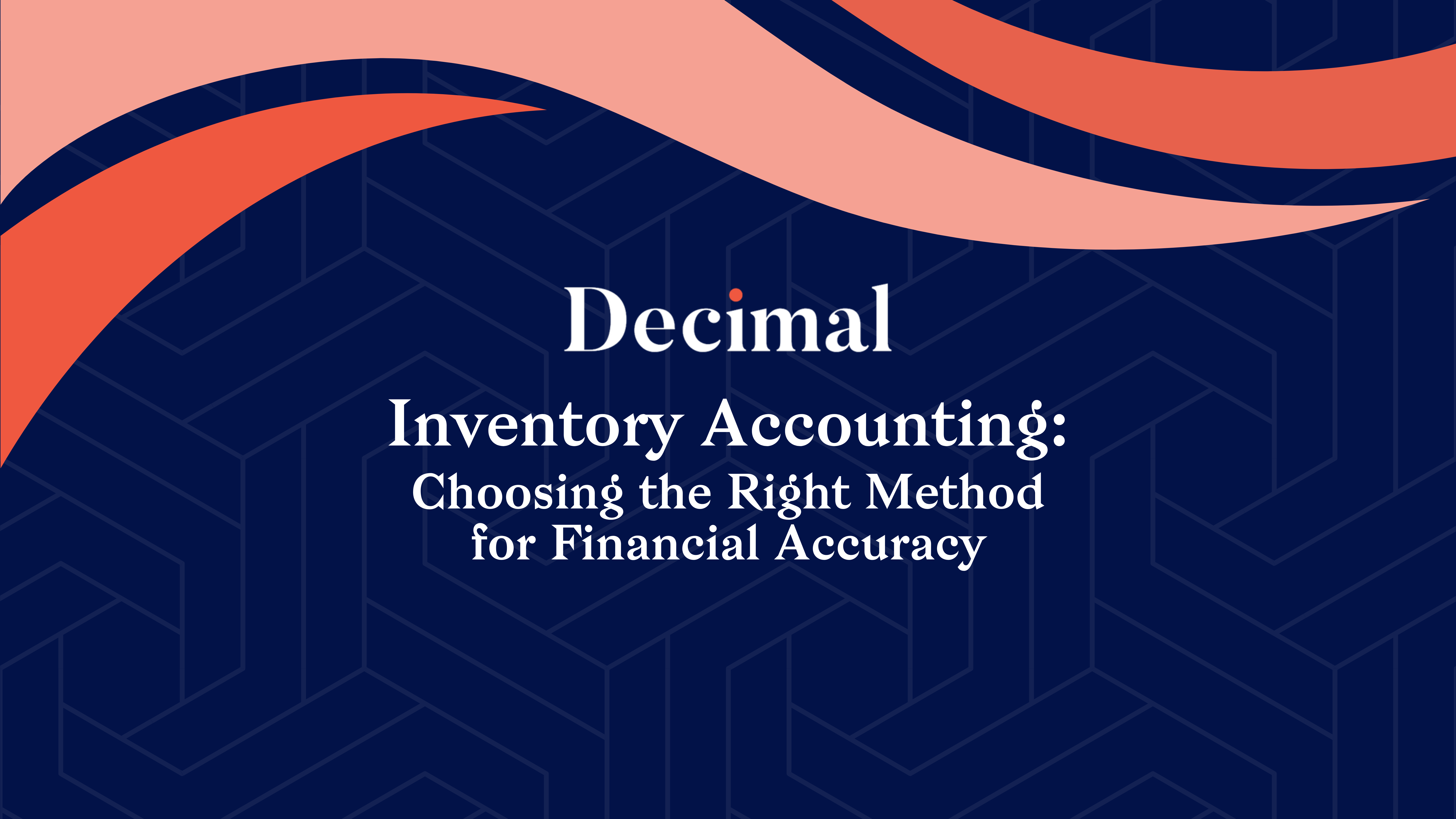Inventory Accounting: Choosing the Right Method for Financial Accuracy
What Is Inventory Accounting?
Inventory accounting refers to the process of tracking the value of goods a company holds for resale. It affects cost of goods sold (COGS), gross margin, taxable income, and the value of current assets on the balance sheet.
The three most common inventory accounting methods are:
- First-In, First-Out (FIFO)
- Last-In, First-Out (LIFO)
- Weighted Average Cost
Choosing the right method impacts not only your financial statements but also your tax liability, cash flow, and inventory turnover analysis.
First-In, First-Out (FIFO)
FIFO assumes that the oldest inventory items are sold first. In periods of inflation, FIFO tends to result in lower COGS and higher reported profits, because older inventory often has a lower cost than recently purchased goods.
Benefits of FIFO:
- Aligns with the natural flow of inventory for many businesses
- Higher net income in inflationary environments
- Stronger balance sheet due to inventory valued at recent purchase prices
Considerations:
- May increase taxable income
- Less favorable in times of rapidly rising costs
FIFO works well for businesses that deal in perishable goods, time-sensitive products, or those wanting a more accurate reflection of current inventory values.
Last-In, First-Out (LIFO)
LIFO assumes that the most recently purchased items are sold first. In inflationary environments, this leads to higher COGS and lower taxable income, since newer inventory typically costs more.
Benefits of LIFO:
- Reduces taxable income during periods of inflation
- Matches current costs with current revenue
Considerations:
- Not permitted under International Financial Reporting Standards (IFRS)
- Can understate inventory value on the balance sheet
- May reduce reported profits and impact investor perceptions
LIFO is often favored by companies with large, non-perishable inventory that experiences price fluctuations, such as in manufacturing or distribution.
Weighted Average Cost
The weighted average method calculates the cost of inventory based on the average cost of all items available during the period. This approach smooths out price fluctuations and is easy to apply in systems with high transaction volumes.
Benefits of Weighted Average:
- Simplifies recordkeeping
- Reduces the impact of price volatility
- Offers consistent margins
Considerations:
- May not reflect true cost flow in certain industries
- Less tax advantage in inflationary periods
This method suits companies with homogeneous inventory, such as electronics, components, or raw materials, where individual tracking is less practical.
Impact on Financial Reporting and Taxation
Your chosen inventory method affects key financial metrics:
- COGS: Determines how much expense you recognize as goods are sold
- Gross Profit: Influenced by the relationship between sales and COGS
- Inventory Valuation: Affects working capital and balance sheet health
- Tax Liability: Varies depending on reported profit under each method
While businesses can choose the method that best fits their operations, consistency is required once selected. Changing methods often requires IRS approval and must be justified with sound business reasoning.
Inventory Accounting and Technology
Modern accounting systems and inventory management tools support all three major inventory methods. Automating inventory tracking ensures real-time visibility, accuracy, and compliance.
When choosing software, consider:
- Integration with sales and purchasing platforms
- Ability to assign and switch inventory valuation methods
- Support for audit trails and inventory aging reports
- Compatibility with your chosen accounting software
Accurate inventory accounting enables better forecasting, cost control, and strategic pricing decisions.
When to Reevaluate Your Inventory Method
Although consistency is important, there are legitimate reasons to reevaluate your inventory accounting method, such as:
- Significant changes in pricing volatility
- Shifts in business model or inventory turnover
- Expansion into new markets or product lines
- Tax planning strategies for long-term growth
Consult with your financial advisor before making a change, as the transition process involves technical steps and regulatory considerations.
Conclusion
Inventory accounting is more than just a bookkeeping exercise. It directly influences profitability, tax exposure, and financial reporting. By selecting the inventory method that aligns with your operational and financial goals, you can maintain accurate records and optimize performance across the business.
If you’re looking for expert guidance to simplify your tax filing process, schedule a time with a Decimal expert at https://www.decimal.com/contact-us
Getting started in days.
Ready to simplify your accounting? Schedule a call with our team and explore your options. We’d love to hear from you!

